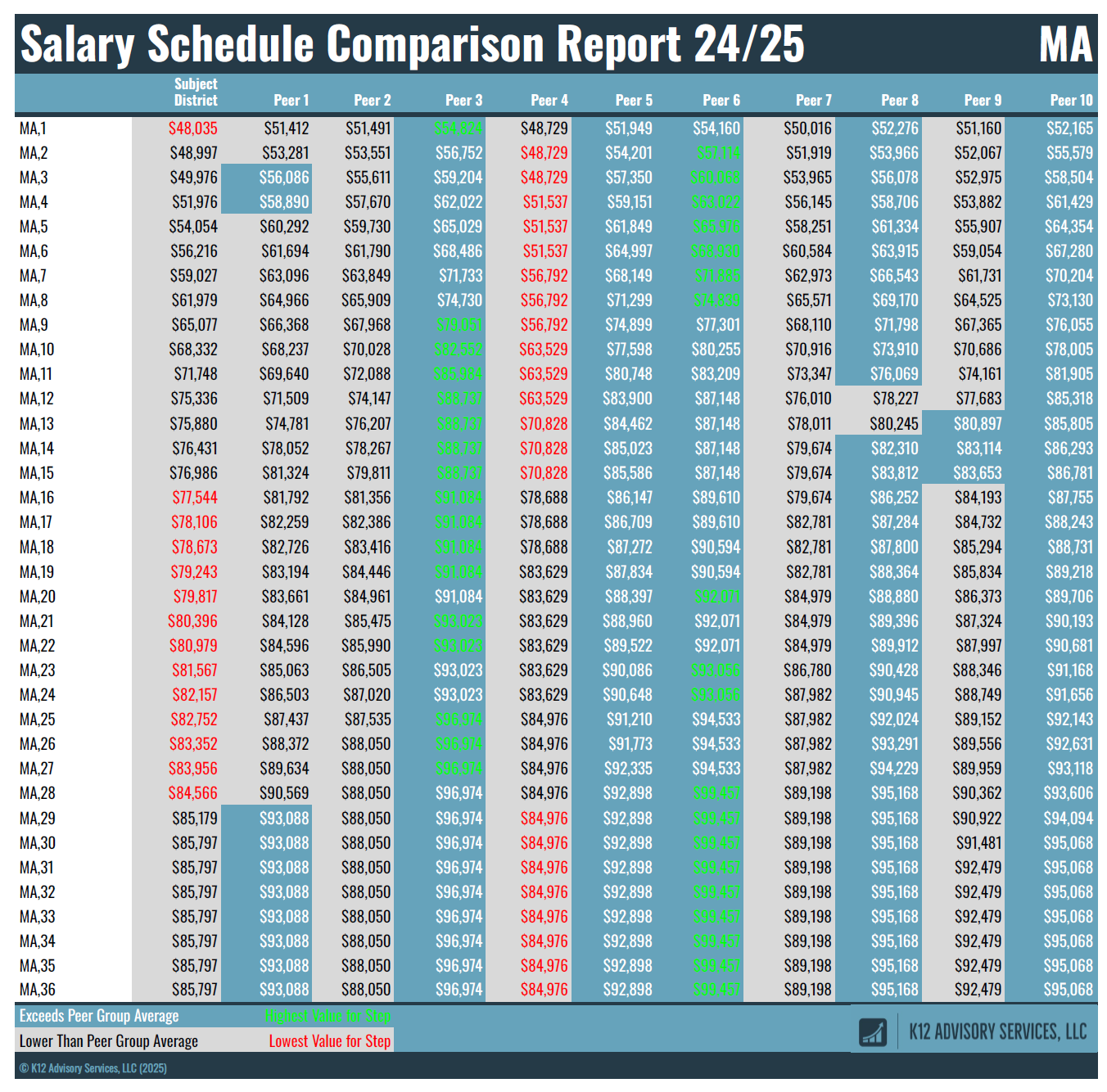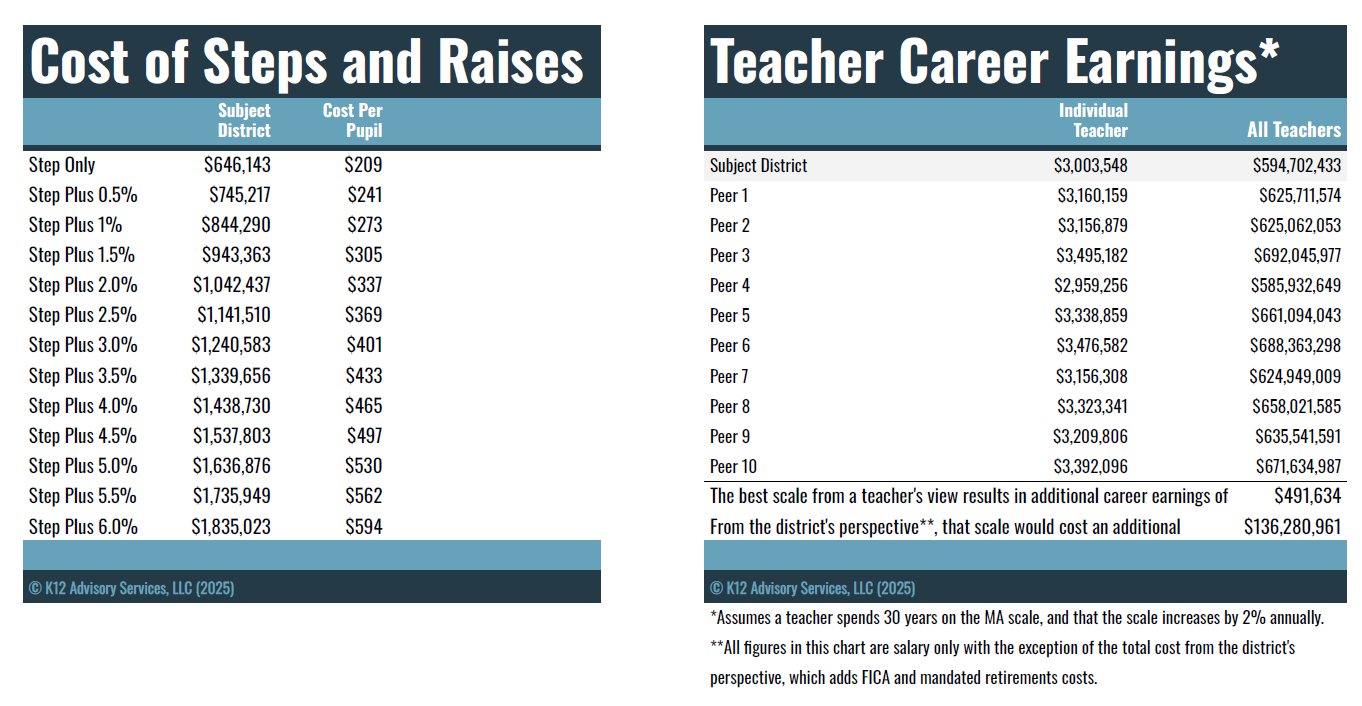The Importance of Getting Teacher Wages Right
The most important piece of information for new district leaders to hear—and hopefully truly internalize—is that you don’t balance a public school budget on crayons and copy paper. Try as one might to pinch every penny and scrutinize every teacher and administrator expense reimbursement request, all you’ll succeed in doing is making it harder for your staff to get supplies and materials in students’ hands.
On average during the 2023-24 fiscal year, Michigan traditional K-12 districts spent 3.45% of their general fund budgets on supplies. Even the most persnickety business official won’t likely succeed in shaving more than 10% from supply purchases…a measly 0.345% of the budget. And at what cost? While supplies accounted for around 3% of spending for traditional K-12 districts, wages and benefits devoured more than 76% of the budget…with teacher wages and benefits comprising the lion’s share of that spending (rightfully so…teaching is, after all, what schools do). If district leaders are investing their time in the trivial pursuit of supply budget reductions (or contemplating the impact of tariffs on 3% of the budget), is anyone paying attention to the costs that really matter?
Teacher salary schedules in Michigan vary widely, even within the same geographic regions. Setting teacher wages is challenging. There is a delicate balance between paying so little that you can’t attract and retain quality teachers, and paying so much that you can’t sustain adequate staffing levels or cover the costs of emergency repairs or student supplies and technology. Striking the appropriate balance will look different for each community, turning on the characteristics of students, staff, programming, enrollment, and competition, among other factors. But for all districts, step one to getting it right is answering the same question: Do you know how your contract compares to your peers today?
The images included with this post show the salary schedules of 11 actual Michigan districts for the 2024-25 school year (a subject district and 10 regional peers); the total salary, FICA, and retirement costs of employing the subject district’s roughly 200 teachers on 10 other salary schedules; the cost of salary steps and raises for the subject district; and total potential career earnings for a teacher at each district, as well as the associated district cost of employing all 200 of the subject district’s staff on each schedule for an entire teaching career.
The takeaways are astounding (remember that these districts are all neighbors, roughly speaking):
A teacher at the subject district could earn approximately $492,000 more over a career by working for the best-paying neighboring district.
From the subject district’s perspective, however, employing its 200 teachers on that other district’s scale for the duration of their careers would cost the organization (and its taxpayers) an additional $136 million!





